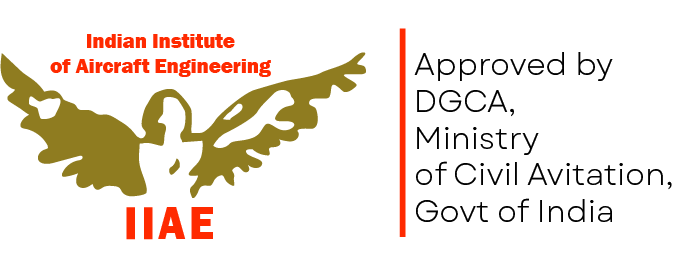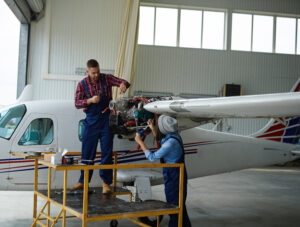FREQUENTLY ASKED QUESTIONS
Q1.What is the future outlook of Indian Civil Aviation Sector?
Ans: India is the fastest developing Nation with over 140 Billion populations. As a result of the fast developing economy and the rising GDP in India, the demand of the Air Travel has gone up to 300 Million and growing @ 15% per Annum. India has already become the third largest Air travel Market in the world. The fastest growing Air travel Market in India has fuelled the demand of the new aircrafts and is expected to reach to 2200 Commercial aircrafts by the year 2030, compared to 750 flying aircrafts today.
This is expected that the Indian Government’s initiative to provide Air travel in India through its UDAN Program and developing new Civil aviation Airports, which have reached 157 in 2024 from 74 in 2014 and it is projected to reach 350-400 by the year 2047 is the sign of robust growth of Indian Civil aviation in the decades to come and support the leading Air travel in the world to take the Global top 5 in this field. Hence, the Indian Civil Aviation Sector is highly vibrating and expected to generate Lakhs of employment for the Aircraft Maintenance Engineers (AME), Pilots, Cabin Crews and other Aviation Professionals.
Q2.What is the number of Commercial aircrafts are flying today in India and what is its Growth Forecast?
Ans: Today 750 Commercial aircrafts are flying in India and it is expected to reach to2200 Commercial aircrafts by the year 2030, considering the Current Orders of Indian Airlines.
Q3.What is the Job opportunity in the Aviation Industries in India?
Ans: Aviation Sector growth in India is the fastest in the World and has become the Third largest Aviation Market after USA and china. The Annual growth of 15% per annum in the Air travel and rising number of Aircrafts fleet is demanding the growth of new and efficient Airlines to provide the excellent passenger Service. Due to the complex in nature and very high degree of sophistication involved aircrafts operation demands highly qualified and trained Licenced AME’S, Pilots and Certified Cabin crews along with other well trained Aviation Professionals to ensure the safe operation of the aircraft. Hence, the employment prospect is very high and is expected to continue for many decades to come in the future.
Q4.What is the initial qualification required for AME?
Ans. To become an AME, the perspective individual should have passed:
- 10+2 in Science group (Physics, chemistry and Mathematics) from any Government Recognized Board. OR
- Three years Diploma after 10+2 in Mechanical, Electrical, Electronics or any other Trade acceptable by DGCA, Ministry of Civil aviation, Govt. of India. and
- In addition to one of the above Academic Qualifications, one has to be Physically and Medically Qualified (having no Colour Blindness), to study the AME Course.
Q5.What are ICAO, EASA, FAA ,DGCA and what is their role in Aviation Industry?
Ans.(a) ICAO: International Civil Aviation Organisation (ICAO) is the International Regulator and is the part of United Nation Organisation, established on 7th Dec, 1944, by a Group of 55 Nations, commonly known as Chicago Convention, signed by 52 Nations out of 55 Nations. This Chicago Convention laid down the foundation stone for the standards and procedures for the peaceful Global Air Navigation. It set out as its Prime Objective the Development of International Civil Aviation in safe and orderly manner and such that Air transport Service would be established, on the basis of Equality of Opportunity and operated soundly and economically.
The Chicago Convention also provided the expectation that a Specialised International Civil Aviation Organisation (ICAO), would be established, in order to organise and support the intensive International Co-operation, which the fledging Global Air transport Network would require.
After the long due diligence, extensive consultations and sufficient rectifications by the Signatory members, the ICAO was formed on 4th April, 1947 and the first Official Assembly was held in Montreal in May, 1947. The ICAO core mandate, then as today was to help the states to achieve highest degree of Uniformity in Civil Aviation Regulations, Standards, Procedures and Organisations.
(b) EASA: European Union Aviation Safety Agency began to establish in 2002, but it became fully operational in 2003. As the name suggests that European Union Aviation Safety Agency was established to efficiently set the Unified Civil Aviation Regulation, Norms, standards and procedures in line with ICAO, which is applicable to all European Council States. It also has unified Safety Requirements in the Type Certifications with FAA (Federal Aviation Administration), which was first seen in 2006 in the Type Certification of Largest Transport Aircraft A380 and later A200 and Boeing 787.
The Current EASA responsibilities includes Air operation, Crew Licencing, Third Country Operator’s Authorisation, Aerodrome Management, Air Traffic Management, Air Navigation Services, Drones, Urban mobility, Cyber Security, Environmental Protection and research & Development.
(c) FAA: The Federal Aviation Administration (USA), formerly known as Federal Aviation Agency was established by Federal Aviation Act 1952 (72 stat 731). The agency became Component of Department of Transportation in 1967, pursuant to the department of Transport act (49 USC 106).
The mission of the FAA is to regulate Civil Aviation and US Commercial space transportation, maintain and operate Air Traffic Control and Navigation System for both the Civil and Military aircrafts and develop and administer the programs relating to aviation safety and National Aerospace system.
- DGCA: Directorate General of Civil Aviation, India was established on 19th august, 1934 through Aircraft Act No. 22 of 1934, passed by Indian Parliament, to make Rules and Regulations for all aspects of Civil Aviation in India. This act applies to:
- All Aircrafts and Aerodrome in India.
- All Citizens of India, wherever they may be.
- All persons on Aircrafts registered in India, wherever they may be.
- All persons on Aircrafts registered outside India, while in or over India.
- Any person operating an aircraft, who is not a Citizen of India, but his principal place of business or permanent residence in India,
- All persons engaged in the Manufacture, Possession, Use, Operation, Sale, Import or Export of Aircraft.
AME | AME Course | AME Admission | AME Course Fees | AME Entrance Exam | AME Course Details | AME Course Duration | Aircraft Maintenance Engineering | Aircraft Maintenance Engineering Admission| Aircraft Maintenance Engineering Course | AME College | Aircraft Maintenance Engineering Entrance Exam | Aircraft Maintenance Engineering Eligibility | AME Eligibility | Aircraft Maintenance Engineering Course Fees | AME College in Delhi | Best AME College in Delhi | Top AME College in Delhi | AME Admission Eligibility | AME Course Eligibility




